A Quick Guide to Choosing the Best Pearl Color

When it comes to pearls, there are a variety of colors to choose from. From white pearls to black pearls and everything in between, each color has its unique look and feel. But do you know how pearls get their color?
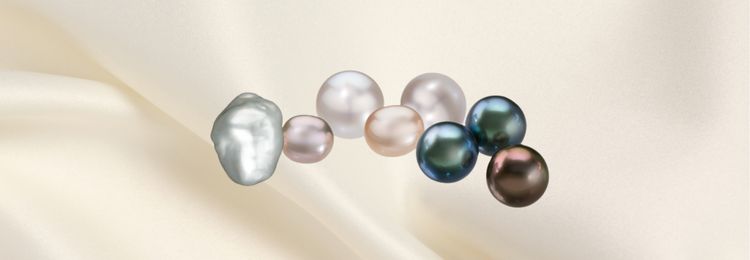
It turns out that the pearl’s color is determined by the type of mollusk it came from. For example, black pearls come from black-lipped oysters, while white pearls come from white-lipped oysters.
However, as a jewelry expert, I can say that a variety of other factors affect a pearl’s color, and the type of mollusk is just one of them. So how do you know how many colors pearls have? And which pearl color is right for you?
What Are the Colors of Pearls?
There are many different pearls, ranging from the classic white pearl to more exotic colors like black, pink, and blue. Still, even white pearls may have different shades, depending on the pearl type. So, what are the most popular pearl colors?
White Pearls
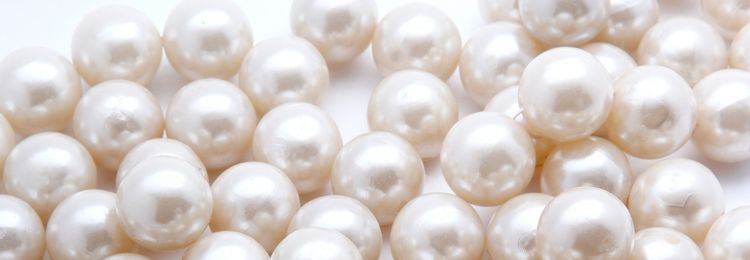
As mentioned before, white is the classic pearl color. White pearls are popular because they go with everything and have a timeless elegance.
White pearls are associated with purity, innocence, and new beginnings. They are also said to bring good luck and fortune.

White pearls come in different shades, depending on the type of pearl. For example, Akoya white pearls have an excellent white color with greenish-to-blue undertones. Still, they may have rose, silver, and cream overtones.
White Freshwater pearls have a warmer color, with yellowish or pink undertones.
And finally, white South Sea pearls have bright, excellent white body color, and their overtones may range from pale white to cream, gold, and even platinum.
Black Pearls
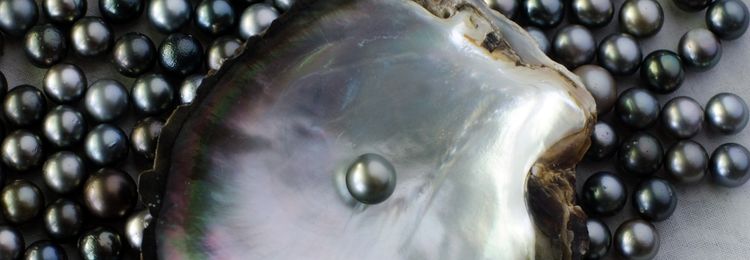
Black pearls are the rarest and most valuable type of pearls. They have a rich, deep color that makes them very popular in jewelry.
Black pearls have been revered throughout history for their enigmatic beauty. They are often symbols of mystery, allure, protection, wealth, and control.

Black pearls come in different shades, depending on the type of pearl. For example, Tahitian black pearls have a dark charcoal gray to rarely pure black body color with peacock, green, blue-green, and silver overtone.
The only black pearls that occur naturally are Tahitian Pearls. Still, other Freshwater and Akoya pearls may be dyed in black and have unique shades.
For example, Black Freshwater pearls have a nearly jet black or “Denim” blue color with green, blue, or “peacock” overtones. In contrast, black Akoya pearls have a deep jet-black body color with green-black or blue-black overtones.
Blue Pearls

Blue pearls are trendy because of their unique color and are the rarest. Blue has been known to symbolize tranquility, serenity, peace, and intuition.
Blue pearls have existed for centuries, but only in recent years have they become popular among pearl jewelry buyers.
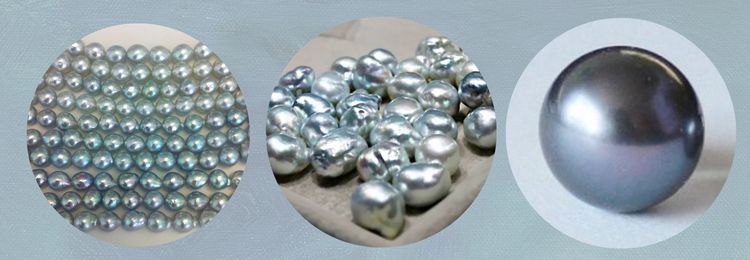
They come in different shades, depending on the type of pearl. For example, Blue Akoya pearls have a grey-blue to sky-blue body color with greenish-blue or silver overtones.
Silver-Blue White South Sea pearls have a light silver-gray to deeper sky-blue body color with a striking silver-blue overtone.
And finally, Blue-Overtone Tahitian pearls have a dark charcoal gray to rarely pure black body color with teal, green, blue-green, and violet overtone.
Gold Pearls

Gold pearls are some of the rarest gems worldwide. They get their distinct color from being cultured in the Philippine Islands. Before the late 1970s, gold pearls were impossible to find. Still, thanks to modern technology, we can now enjoy these beautiful gems.
Gold pearls not only look beautiful, but they also symbolize wealth, success, and wisdom. According to a few beliefs, wearing golden pearls can also bring good health and longevity.

For example, Golden Akoya pearls have lemon yellow to deeper gold body color with silver, green, neutral gold, or pink overtones.
Golden South Sea pearls have a warm 10K, 14K, 18K, 22K, and 24K golden body color with yellowish or pink undertones.
Lavender Pearls
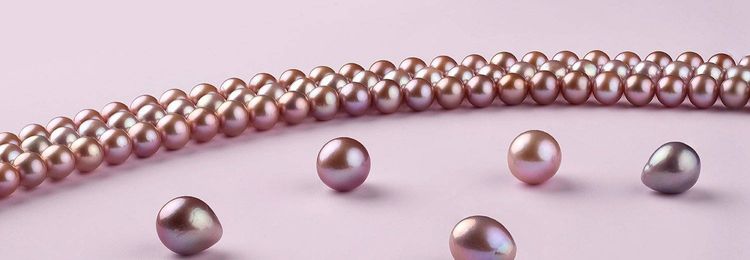
Lavender pearls are trendy because of their exotic and unique color. In addition, lavender pearls have a soft and romantic hue, making them a fashionable way to add unique color to any jewelry collection.
Lavender pearls evoke images of royalty, wisdom, and creativity. They are also said to be associated with love and compassion.

Such pearls come in different shades, depending on the type of pearl. For example, Lavender Freshwater pearls have a pale lilac to deep lavender body color with rose, aquamarine, gold, or blue overtones.
Lavender to Purple “Edison” Freshwater pearls have violet to royal purple body color with a striking aquamarine-blue overtone.
Peach and Pink Pearls
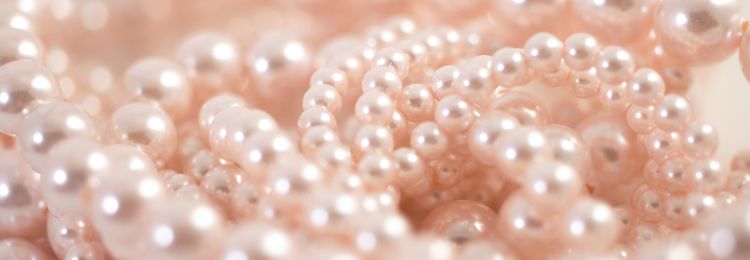
Peach and pink pearls are very popular because of their elegance and beauty. Although they are both Pink/Peach, we will put them into two different color categories.
Such soft pastel pearls have a feminine and flirty charm, perfect for making any outfit glamorous and romantic. Pink and peach pearls represent all the positive emotions associated with love, including happiness, compassion, and loyalty.
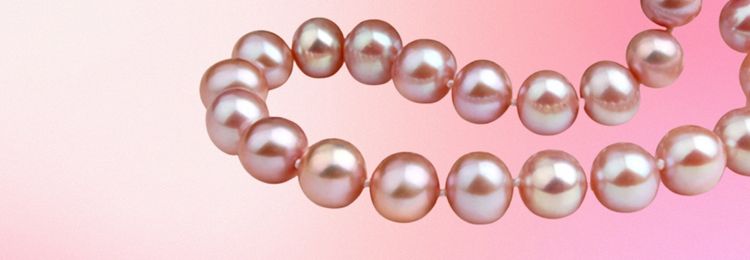
Peach and pink pearls come in different shades, depending on the type of pearl. For example, Peach Freshwater pearls have a pale, pastel peach to darker apricot body color with rose, silver, or gold overtones.
Pink Akoya pearls have a pale pink to deeper bubblegum body color with green, gold, or rose overtones.
Chocolate Pearls
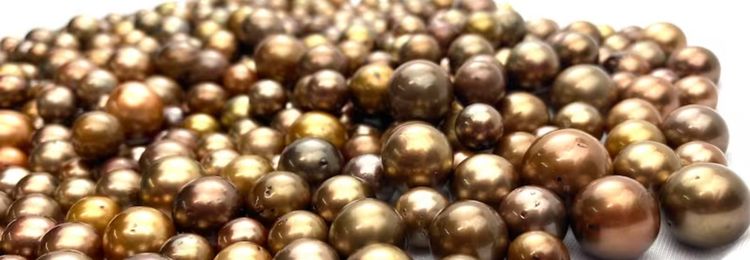
Chocolate pearls are the newest color to hit the market and are trendy because of their unique and rich color. Chocolate pearls have a dark body color with green, blue, or violet overtones.
Chocolate pearls look luxurious and symbolize comfort, elegance, warmth, and, most importantly, stable finances. In addition, chocolate pearls come in different shades, depending on the type of pearl.

For example, Dyed Chocolate Tahitian pearls have milk or dark chocolate body color with rose, bronze, or gold silver overtone.
Natural Color Chocolate Tahitian pearls have dark charcoal gray to rarely pure black body color with gold, green, blue-green, bronze, or silver overtone.
How Do Oysters Create Different Color Pearls?
A few different factors determine a pearl’s color. The type of oyster it comes from, the number of nacre layers, and the thickness of those layers all play a role in what color a pearl will be.
The Type of Oyster
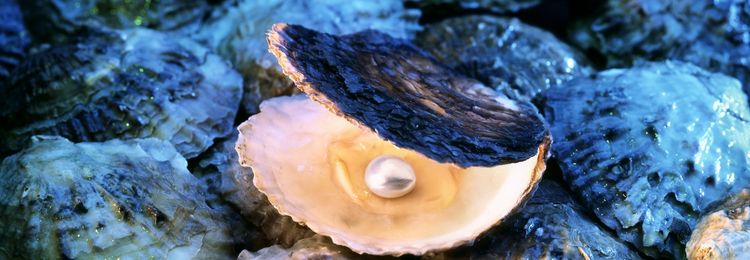
The type of oyster a pearl comes from is probably the most crucial factor in determining its color. Oyster species can produce pearls in various colors, from white to black.
The most common type of oyster used for cultured pearls is the Akoya oyster, which typically produces pearls with a white or cream-colored hue. However, freshwater pearls are also popular and are lighter in color, with white, pink, and peach being the most common.
Number of Nacre Layers and Thickness of Those Layers
What Is Nacre?
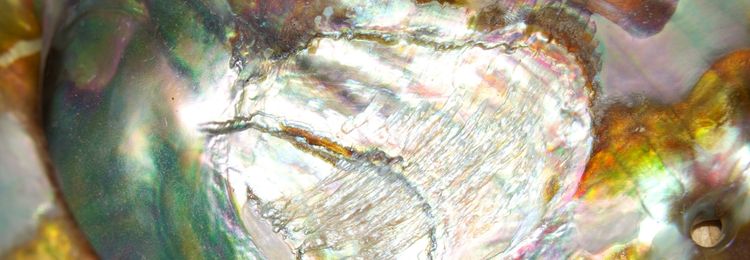
Nacre, the mother of pearl, is an organic-inorganic composite material produced by some mollusks as a protective inner layer. It is strong and resilient and is used in various applications, including jewelry, watches, buttons, and other decorative items.
When nacre is formed, it is secreted by the mollusk’s epithelial cells onto its shell’s inner surface. The nacreous layer comprises thin sheets of aragonite (calcium carbonate) arranged in a lattice-like structure. These sheets are interspersed with organic molecules, giving the material strength and resilience.
The Number of Nacre Layers

Another factor that affects a pearl’s color is the number of nacre layers. The thickness of the nacre varies depending on the mollusk species but is generally around 0.5 millimeters. Pearls with more nacre layers will typically be more colorful because the different layers can interact to produce iridescent colors.
For example, black Tahitian pearls get their dark color because they have a very high number of nacre layers.
The Density and Thickness of Nacre Layers
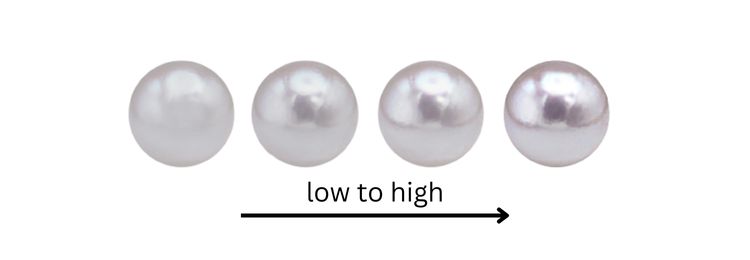
Finally, the density and thickness of the nacre layers can also affect a pearl’s color. Thick nacre layers with high density tend to produce pearls with brighter colors because the light can bounce off the nacre more effectively. Thin nacre layers, on the other hand, can make pearls appear duller.
For example, pearls grown in cold water tend to have thicker nacre layers than those grown in warm water. This is because the oysters producing pearls in cold water must work harder to maintain their body temperature, creating thicker nacre layers.
What’s That Color Under Those Layers of Nacre?
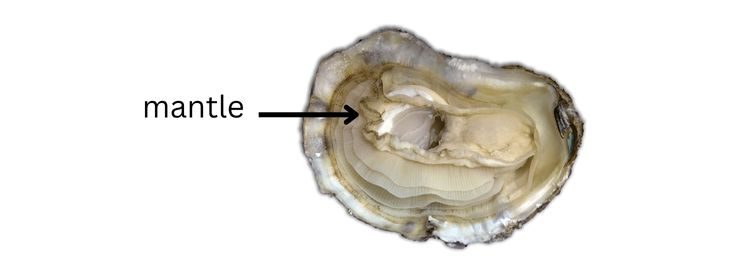
It’s the color of the oyster’s mantle, the layer of tissue that secretes nacre. The mantle can be any color, from white to black, and that color will show through the nacre layers. So, for example, if an oyster has a black mantle, the pearl it produces will likely be black as well.
If you’re ever lucky enough to find a pearl inside an oyster, look closely at it. You might see a hint of the oyster’s mantle color peeking through the nacre.
Pearl Buying Tips
When it comes to pearl buying, color is one of the most critical gem characteristics. While the color of a pearl does not always affect its value, it is typically more valued on the market if the pearls are uniform in color.
Here are a few pearl-buying tips to help you find the one best for you:

· In general, pearls with natural colors are more valuable than those that have been color treated.
· If you see a freshwater pearl deep blue, cherry, brown, or black, you would immediately know that the color is unnatural and was likely the result of color treatment.
· If all the pearls in a strand look the same color, there’s a big chance they’ve been dyed. Sometimes you might see some leftover dye around where the holes were drilled.
· The pearl color you choose is usually a matter of personal preference. Dark, exotic colors can add an elegant touch to evening or formal attire. Soft pastel colors in freshwater pearls can give your outfit a feminine yet a sophisticated look.

So, when shopping for pearls, remember the tips above to ensure you’re getting a quality product. And most importantly, choose a color that you love!
Bottom Line
The colors of pearls are affected by multiple factors, including the type of oyster it comes from, the number of nacre layers, and the thickness of those layers. While we can’t control all of these factors, understanding them will help you make better choices when selecting a pearl necklace or other piece of jewelry.
So what are you waiting for? Start exploring our beautiful collection of pearls and find your perfect hue!


+K1003+L1008-1-700x700.jpg)
+K1003+L1008-2-700x700.jpg)
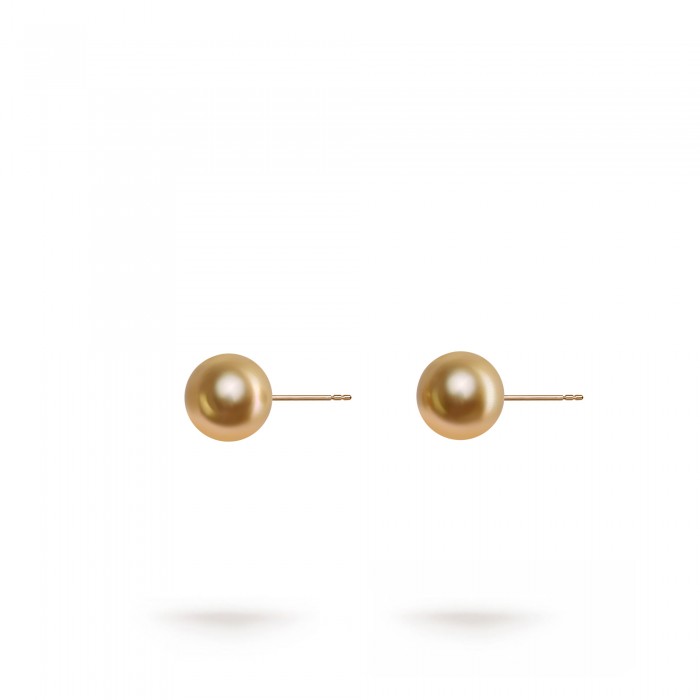
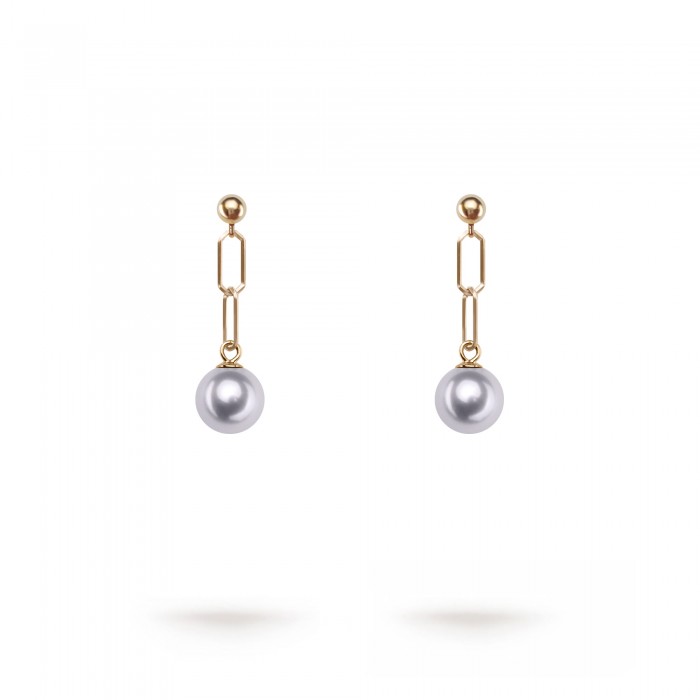
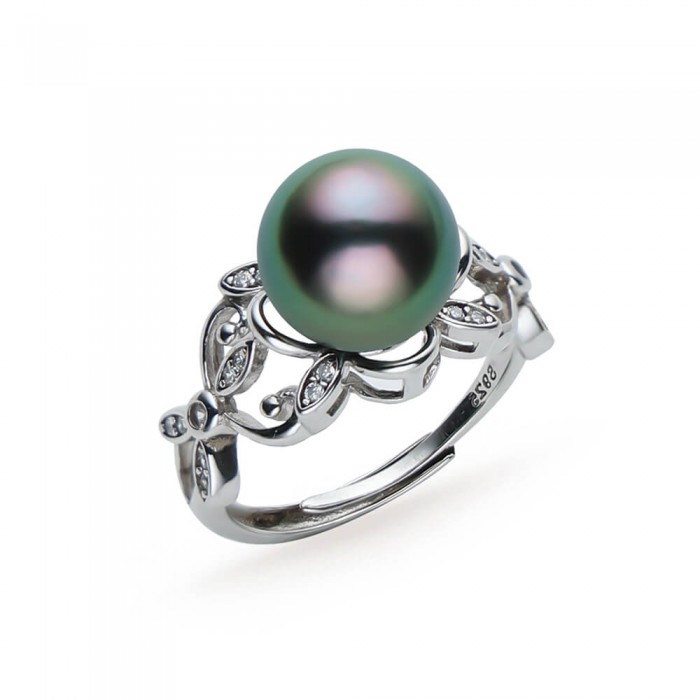
Leave a Comment